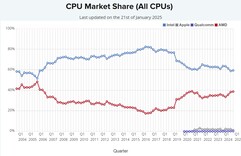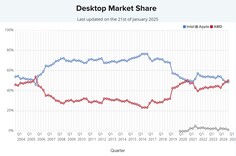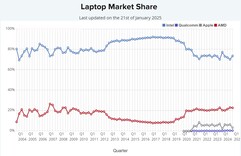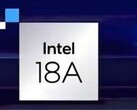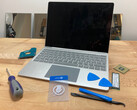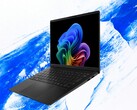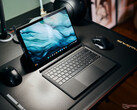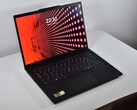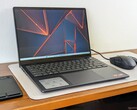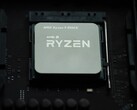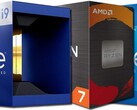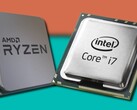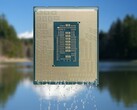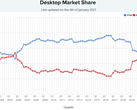The popular PassMark CPU benchmark database site has updated its market share graphs for the first quarter of 2025. The first graph on the page, which is for all CPUs, unsurprisingly shows Intel with a commanding portion of 59.5%, although AMD is relatively healthy on 38.8%. Both Apple and Qualcomm are also represented, but their market shares are only 1.2% and 0.2%, respectively. However, new Snapdragon X series chips might help Qualcomm’s share rise in the near future.
The second graph makes for more-interesting reading, as it is for the desktop CPUs. The casual observer could reasonably presume Intel would also dominate here, as AMD has only captured more share twice before: In 2021 and way back in 2006 (Athlon 64 and Athlon 64 X2 going strong). But Team Red has now claimed 50.1% to Team Blue’s 48.5%, with AMD’s market share climb starting in the second half of 2024. Granite Ridge Zen 5-based Ryzen 9000 processors have clearly had a positive effect here, with 880 samples of the Ryzen 9 9950X (currently $589.99 on Amazon) alone already having been tested. Compare that with “just” 319 samples of the Intel Core Ultra 9 285K currently benchmarked.
However, the graph for laptop market share doesn’t make for the same happy reading for AMD fans. While this data is based on SKUs tested on the site, PassMark claims over one million CPUs have been benchmarked, so it can offer a realistic snapshot of popularity in the CPU space. Intel is hugely dominant in the laptop market share graph, clutching on to 73.6% and having reached a peak of 92.2% in the second quarter of 2017. While AMD was initially successful in clawing back market share with each iteration of its Zen microarchitecture, things have pretty much stalled since late 2020.
Apple silicon came along in 2020, with the M1 attempting to disrupt the market, and this can be seen up until the end of 2021, when Apple had 8.5% share – mostly snatched from Intel. Apple floundered in the first quarter of 2024, when once again the fight seemed to be against Intel, while AMD has plodded on at around the 20-22% mark. It seems well-respected Ryzen 4000 laptops with non-PRO Zen 2 Renoir APUs, like the Acer Swift 3 SF314-42 and the Schenker XMG Core 15, helped encourage OEMs and consumers to try out AMD’s mobile chips thanks to their great performance and impressive efficiency. But variables such as insufficient supply, increased competitiveness, OEM incentives and deals, and the fact that Intel has held such an unassailable position for so long, leave AMD Ryzen laptops comparatively out in the cold despite having strong-performing processors inside them.





